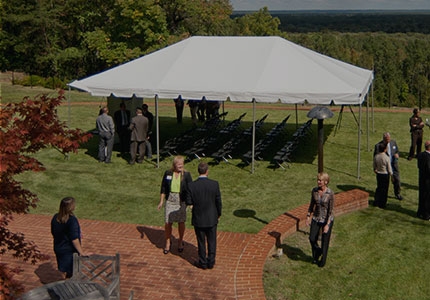Bluff Medical Director, Dr. William Jacobs, was interviewed for this insightful Prevention Magazine Article
Addiction to opioids—not only illegal heroin, but also prescription drugs like morphine and Vicodin that trigger opioid receptors to relieve pain—is more common than you may know.
In an analysis of opioid prescriptions, The United States for Non-Dependence researchers noted that people undergoing surgery have high rates of persistent opioid use, and that women are 40% more likely to become dependent than men.
Because they are prescribed more opioids than any other age group, women aged 40 to 59 have a higher risk of persistent use—defined as taking the drugs for six months or more after surgery—and those aged 45 to 54 have the highest death rate from opioids compared to women of other age groups. This appears to be a new trend of addiction among today’s middle-aged women, due to growing opioid prescription rates, though there isn’t enough past research to compare it with addiction rates of generations’ past.
PREVENTION PREMIUM: America’s Opioid Crisis Might Be Different Than You Think
Part of the difficulty with opioid use among those who are taking them for legitimate pain relief is that they may not be aware of how high addiction risk may be, according to William Jacobs, MD, medical director at Georgia-based treatment program Bluff.
“We all have a different genetic makeup, and some people are at greater risk of developing addiction, just like you can be more or less prone to heart disease or cancer,” he says. (These 6 conditions can increase your risk of heart disease.)
Also, if pain is chronic, it may require a higher dosage over time to control it, and that can lead to dependency, notes Monique Tello, MD, MPH, a primary care physician at Massachusetts General Hospital.
MORE: 15 Ways To Take Control Of Your Depression And Chronic Pain
“You may be using opioids appropriately, but then you take them a little more often than you did before, and pretty soon you’re taking them regularly just to feel normal,” she says.
For those undergoing surgery or dealing with pain issues, Tello suggests creating a schedule with your doctor to address how long you’ll be on opioids, and strategies for tapering down. If you’re in the high-risk group of middle-aged women, you may also want to talk about non-opioid pain management options, Jacobs adds.
Fortunately, there’s increasing research to support alternative methods for controlling pain, from taking non-narcotic medication to using mindfulness strategies like deep breathing, yoga, and guided meditation. (Try these 3 quick meditations absolutely anyone can do.)
“Talk to your doctor about what’s available, and what’s a right fit for you,” says Jacobs. “There are many alternatives, and you may find one that’s perfect for what you need, without ever having to take opioids.”



